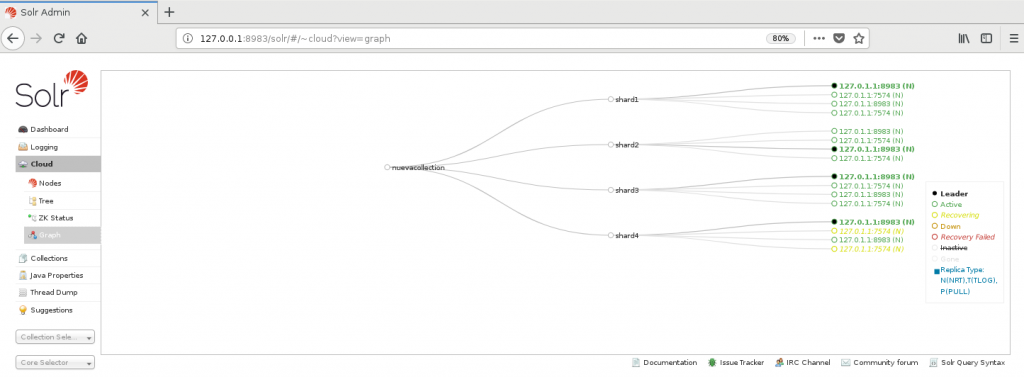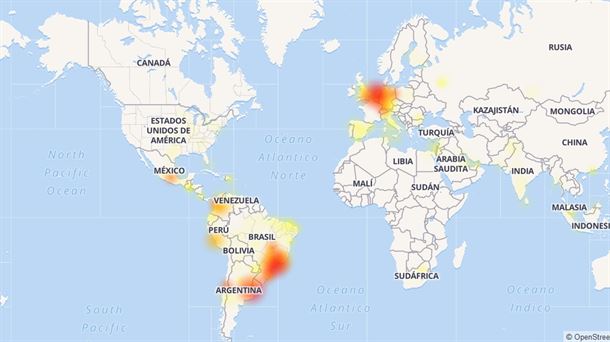
So in this post i will show you how you can get a grand total monthly of your miner profits for stats and for supervising the production and overall get more info about your ops.
The first thing you have to do is go to your wallet transactions sections and select a time period available in the combo box like today – last month – last week, then you can export that to a cvs file that you can manipulate.




